Photonics in Germany is Open-minded
source:VDMA
keywords:
Time:2017-09-28
But many are still finding it difficult to come to grips with photonics. It stands for a technology in itself and yet it is made up of many different industries. Light is what brackets all those technologies that generate, use or transform light. Photonics is of extraordinary importance to the innovation and progress found in a very broad field of application industries.
It provides the impulses and solutions crucial to future ecological and economic challenges – the efficiency of production processes, ecological lighting or improved medical diagnostics and therapeutics to name but a few. This is exactly why the last couple of decades saw it evolve into a globally competitive growth sector. In Germany, photonics companies are developing high-power lasers and supply sophisticated optical components or innovative image processing systems; which make them rank among the global market leaders in areas like production technology, machine vision or medical technology.
The success of photonics in Germany is not least attributable to the long-lasting and efficient interaction between excellent research, a highly productive economy and a dedicated support policy. Germany has taken the industry seriously at large and is globally construed as a synonym for innovation, best-in-class technology and high level productivity. Thus, Germany's competitive industry has also become a model for other countries heading for (re-)industrialisation.
Challenges = chances
But challenges linger on all the same. Think of Industry 4.0 and the advancing digitisation of all industries, or the ever-increasing competition the strong German photonics industries are facing with their Asian counterparts: The industrial policy of the governments of China, South Korea and Japan are granting extremely high funds, focusing on topics and high technology relevant to the future and promoting shorter and shorter commercialisation cycles of their national innovations. This is evidenced by a strategic study initiated by VDMA and prepared by EAC (Euro Asia Consulting) in cooperation with the Federal Ministry of Education and Research (BMBF) and Spectaris. Even though German enterprises excel in their technological know-how and understanding of the processes involved, the Asian countries are rapidly advancing not only economically but also scientifically.
What is to be done? German enterprises must more seriously think about opening themselves up for cooperations with Asian partners. One approach to participating in the Asian research initiatives could be to become involved in the government-funded projects of Asian universities. German suppliers should also try to benefit from the growing demand and emerging Asian markets – see e.g. the ASEAN region and its new electronics-hub Vietnam – in order to better develop the sales potential and link themselves up with Asian interests. Politicians in Germany must see to research funding projects and strategies being given more focus and enhanced efficiency. The main thing, however, is to head for a faster commercialisation and, thus, economic
success of the research results and innovations harvested from such funding programmes in Germany.
Be disruptive
Either side – industry and politics – is experiencing a great deal of change already. Politics is brushing up its agenda of photonics funding, giving it some highly up-to-date brilliance based on an open and creative interchange with the photonics community as well as other and quite different players. The BMBF supports for example the interlinking of photonics science and economy with various creative spin doctors, be they makers ("Make Light"), start-ups (Code_n new.New Festival), young talents (Photonics Academy) or the civil public (Open Photonics, Citizen Science). For this reason the ministry aims to acquaint as many people as possible with the ideas and notions of photonics, gain new partners, disrupt rigid processes and thoughts, andcreate room for innovation. Both politics and photonics enterprises are thus travelling a long and wide road to open-mindedness.
One of Germany’s strengths is that its industry always sees beyond one’s nose, opens up for new ideas, and keeps questioning its own actions. This is the only way of turning change into progress and ensuring that the German photonics industry is becoming a reliable and steady innovator. The proof of this dedication is the traditionally high 9-10% level of spending on R&D. At the Lasys trade fair 2016 in Stuttgart, VDMA for the first time backed up this process by making its stand a meeting place of young start-ups and makers on the one hand and established companies and young talents on the other. All parties were very interested indeed and established companies were very ready to learn from the unconventional input from the start-up scene. An enormous synergetic potential and a wealth of impulses for the future of photonics is emanating from this mutually "fertile" experience and openness for new ideas. The entire German photonics community of associations, enterprises, institutions and politicians should keep sharing this joint approach, feel and act towards these strengths, and generate innovations for the future of photonics.
 9th Secret Light Awards Launch: Million-Yuan Fund + National Award Recommendation
9th Secret Light Awards Launch: Million-Yuan Fund + National Award Recommendation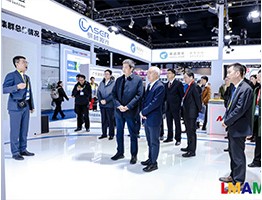 Top Enterprises Gather: 1st Laser & Additive Manufacturing Innovation Conference Wraps Up
Top Enterprises Gather: 1st Laser & Additive Manufacturing Innovation Conference Wraps Up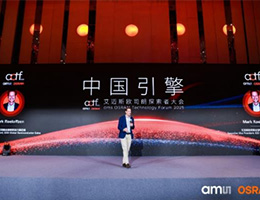 2025 ams OSRAM Explorer Conference: "China Engine" Drives Future Innovation
2025 ams OSRAM Explorer Conference: "China Engine" Drives Future Innovation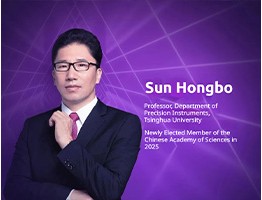 Tsinghua's Sun Hongbo, SLA Review Expert, Becomes CAS Academician
Tsinghua's Sun Hongbo, SLA Review Expert, Becomes CAS Academician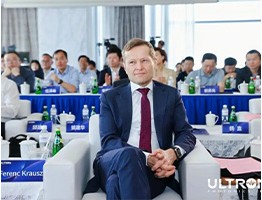 4th Collaboration! What Brought the Global Laser Academic Guru to Chinese Univs & Leading Firms?
4th Collaboration! What Brought the Global Laser Academic Guru to Chinese Univs & Leading Firms?
 Scanner Optics: Galvanometer Tech Leader
Scanner Optics: Galvanometer Tech Leader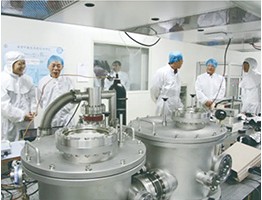 The "Light Chasers" in the Deep Ultraviolet World
The "Light Chasers" in the Deep Ultraviolet World Shi Lei (Hipa Tech): Focus on Domestic Substitution, Future Layout in High-End Laser Micromachining
Shi Lei (Hipa Tech): Focus on Domestic Substitution, Future Layout in High-End Laser Micromachining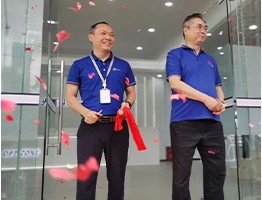 Optizone Technology: 17 Years Devoted to Optics – High-Power Optics Mass-Production Pioneer
Optizone Technology: 17 Years Devoted to Optics – High-Power Optics Mass-Production Pioneer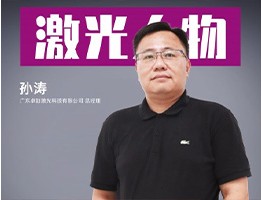 Zhuojie Laser: Breaking barriers via tech breakthroughs, aiming to lead high-end light sources
more>>
Zhuojie Laser: Breaking barriers via tech breakthroughs, aiming to lead high-end light sources
more>>
